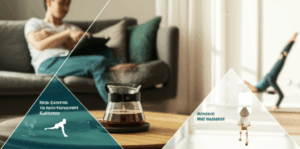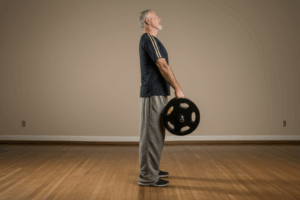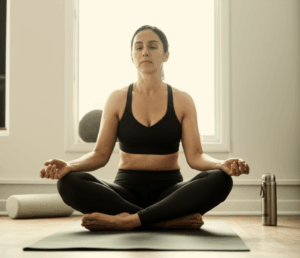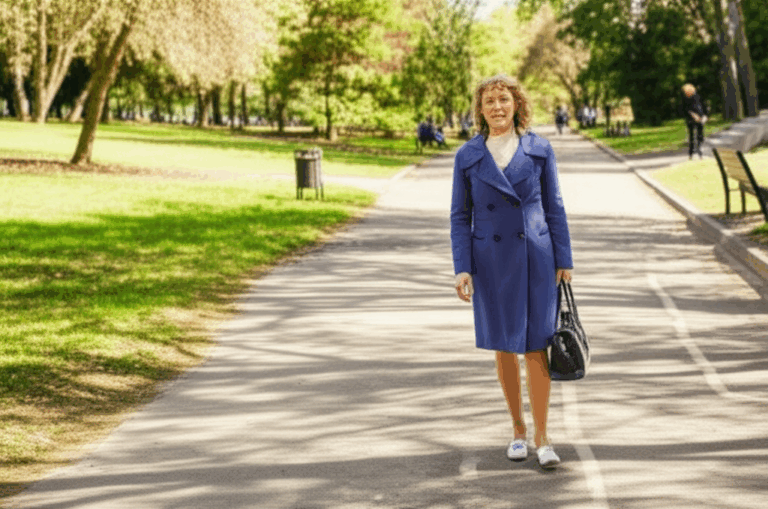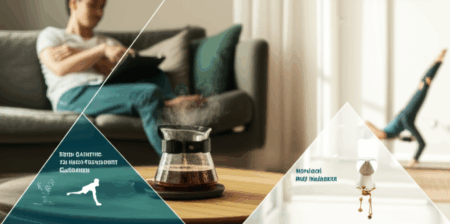Imagine a simple activity that not only enhances your memory but also offers a significant defense against the looming threat of dementia. As Alzheimer’s disease continues to impact millions, projected to double by 2060 in the United States, new research highlights a specific approach to physical activity that stands out as remarkably effective: dual-task exercise. This isn’t just about moving your body; it’s about engaging your brain simultaneously, creating a powerful synergy for cognitive health.
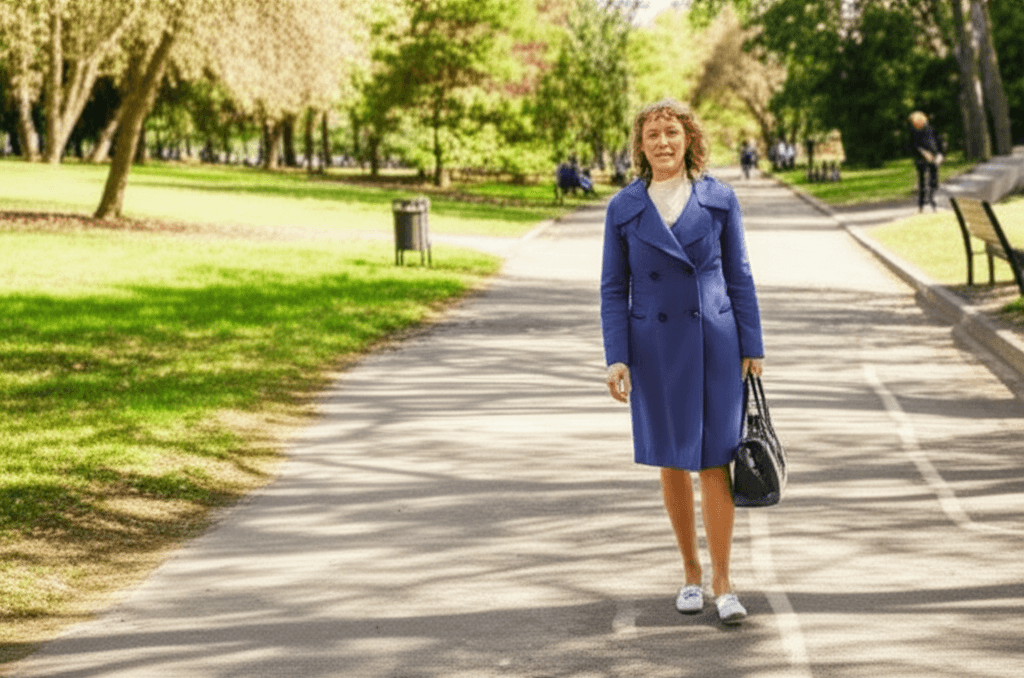
Dual-Task Exercise: A Mental and Physical Workout
Dual-task exercise involves activities that combine physical movement with mental challenges. Dr. Heather Sandison, a naturopathic doctor, emphasized the importance of this approach in a discussion with neuroscientist Dr. Robert W.B. Love, who specializes in Alzheimer’s prevention. She explains that it means “doing something physical while also challenging the brain.” A common and easily accessible example is simply walking while simultaneously holding a conversation.
This unique form of exercise forces the brain to process information, coordinate movement, and maintain focus all at once, leading to robust neurological benefits.

The Science Behind the Brain Boost
Research into dual-task training reveals compelling reasons for its effectiveness in enhancing memory and reducing dementia risk:
Strengthening Neural Connections and Neuroplasticity
One of the core benefits lies in the brain’s ability to adapt and form new neural connections, a process known as neuroplasticity. Dual-task activities actively promote this, helping to strengthen existing connections and potentially create new ones.
Impact on Key Brain Regions and Proteins
A 2022 review published in the Journal of Alzheimer’s Disease examined the effects of dual-task training on older adults experiencing cognitive decline. The findings were significant: 2-5 weekly sessions, lasting 30-120 minutes each, led to noticeable improvements across various cognitive domains.
Notably, researchers observed a reduction in levels of β-amyloid, a protein strongly linked to Alzheimer’s disease. This suggests that dual-task exercise might directly influence the pathological hallmarks of the disease. Furthermore, studies indicate that staying physically active, especially before the age of 50, is associated with a larger hippocampus, the brain region primarily responsible for memory and often the first affected in Alzheimer’s disease. This larger hippocampal volume could offer protection against memory loss, a key symptom of dementia.
Building Cognitive Reserve
Regular physical activity throughout life, including dual-task exercises, has been shown to help build “cognitive reserve and resilience.” This means the brain becomes more capable of maintaining memory and thinking skills in older age, even in the presence of brain aging or early markers of Alzheimer’s disease, such as amyloid build-up or brain shrinkage. This effect was particularly prominent in women in one study.

Beyond Dual-Task: The Broad Benefits of Physical Activity
While dual-task exercise stands out, the broader scientific consensus reinforces the importance of general physical activity for brain health and dementia prevention. Large meta-analyses of longitudinal studies consistently report a reduced risk for developing dementia in those who regularly exercise.
Other benefits of regular exercise include:
- Improved Blood Flow: Physical activity increases blood flow to the entire body, including the brain, which helps keep memory sharp.
- Cardiovascular Health: Exercise improves cardiovascular health, which is crucial as vascular damage can accelerate cognitive decline.
- Reduced Cognitive Decline: Studies suggest that higher levels of exercise are associated with a lower likelihood of cognitive decline in healthy adults and may even slow impairment in those with mild cognitive impairment or dementia.
- Neurotrophic Factor Release: Exercise can promote the release of brain-derived neurotrophic factor (BDNF), a protein that supports the survival of existing neurons and encourages the growth of new ones.

A Holistic Approach to Brain Health
Experts strongly emphasize that no single habit can guarantee protection against Alzheimer’s or other forms of dementia. The most effective strategy involves integrating dual-task exercise with a comprehensive healthy lifestyle. This includes:
- Balanced Diet: Eating a diet rich in fruits, vegetables, and whole grains, with low-fat protein sources.
- Social Engagement: Spending time with others helps ward off depression and stress, both of which can contribute to memory loss.
- Managing Health Conditions: Addressing modifiable risk factors such as high blood pressure, diabetes, obesity, and hearing loss.
- Mental Stimulation: Beyond dual-task exercises, activities like puzzles, reading, learning new skills (e.g., a language or musical instrument), and engaging in hobbies also keep the brain active and challenged.
The message is clear: combining physical and mental stimulation through dual-task activities, alongside other healthy choices, offers a powerful defense in preserving both cognitive skills and independence as we age. It’s never too early or too late to start making these positive changes.

